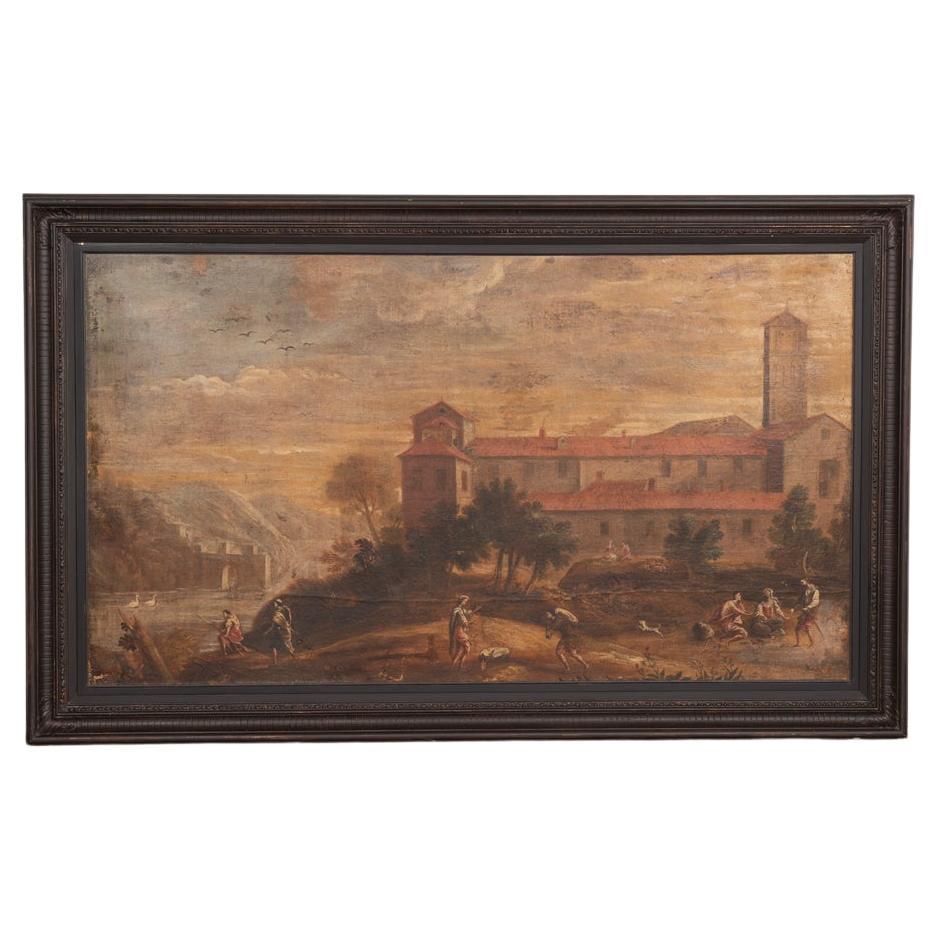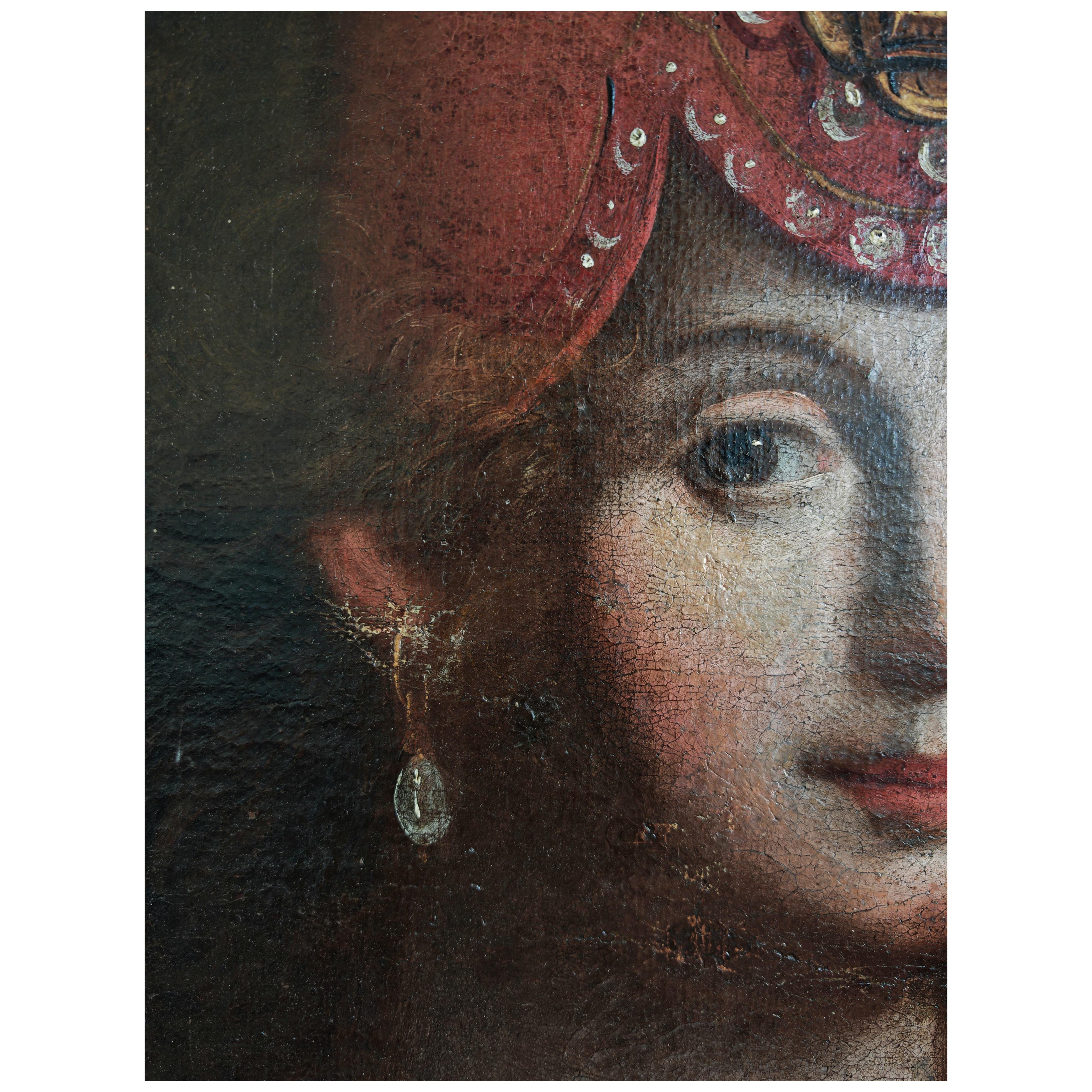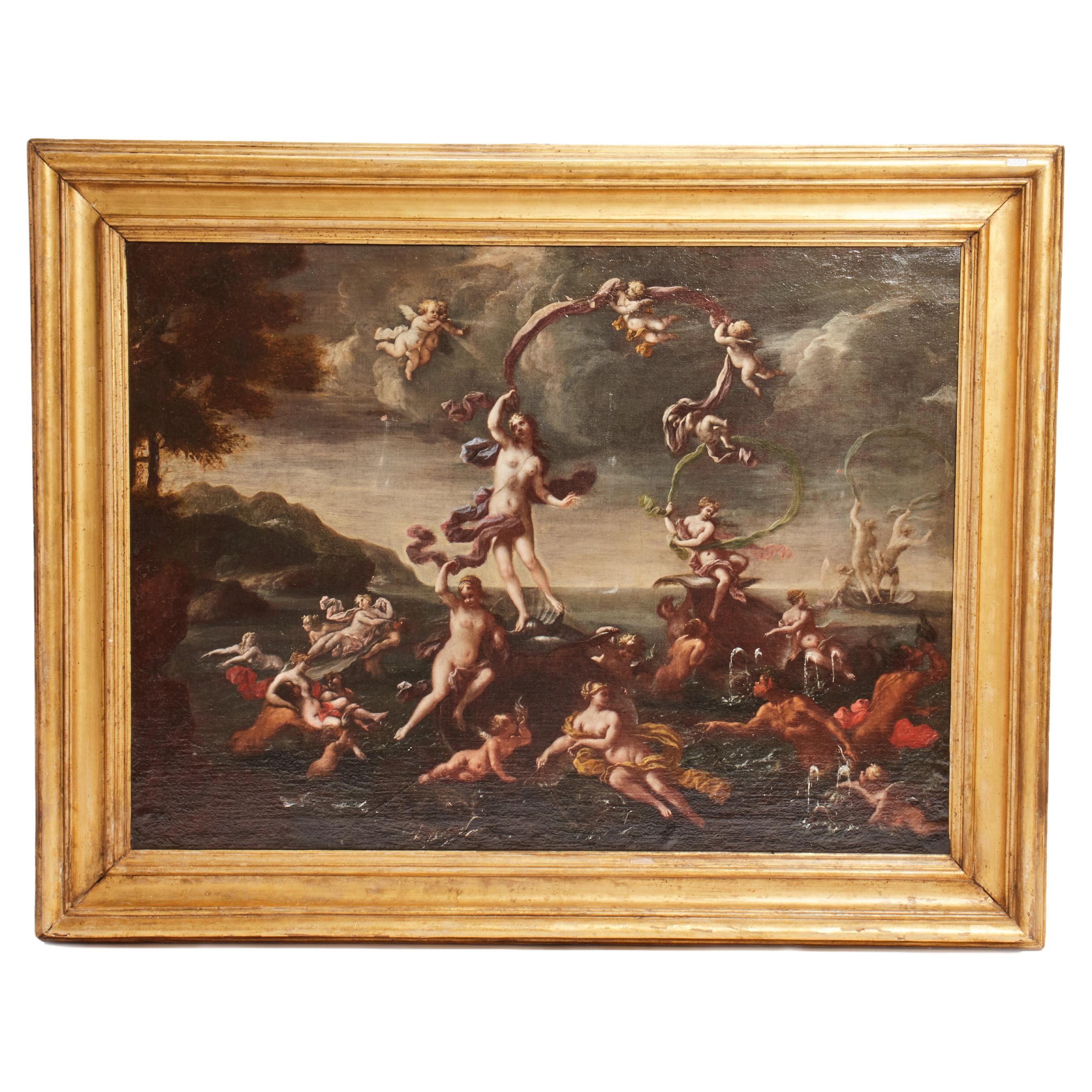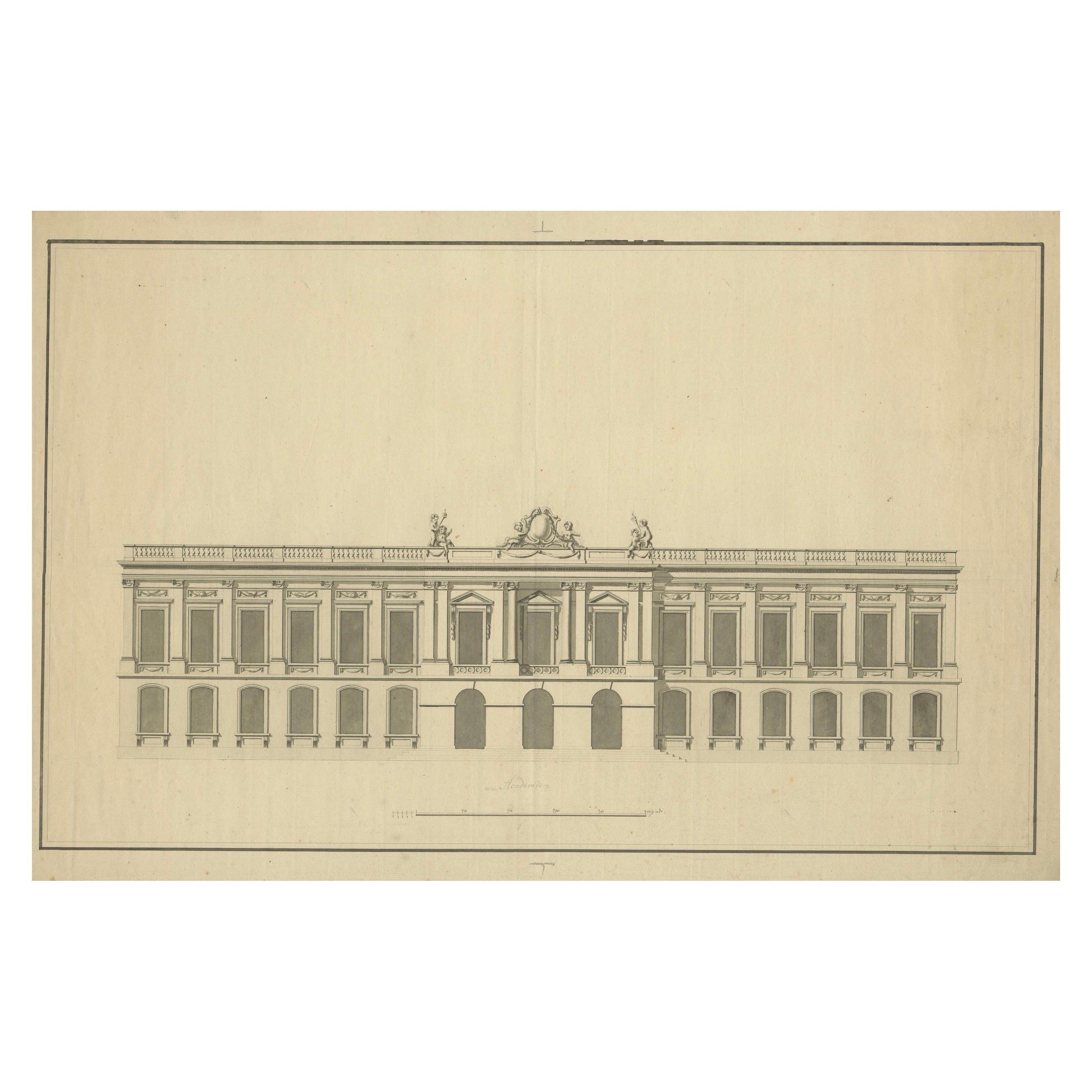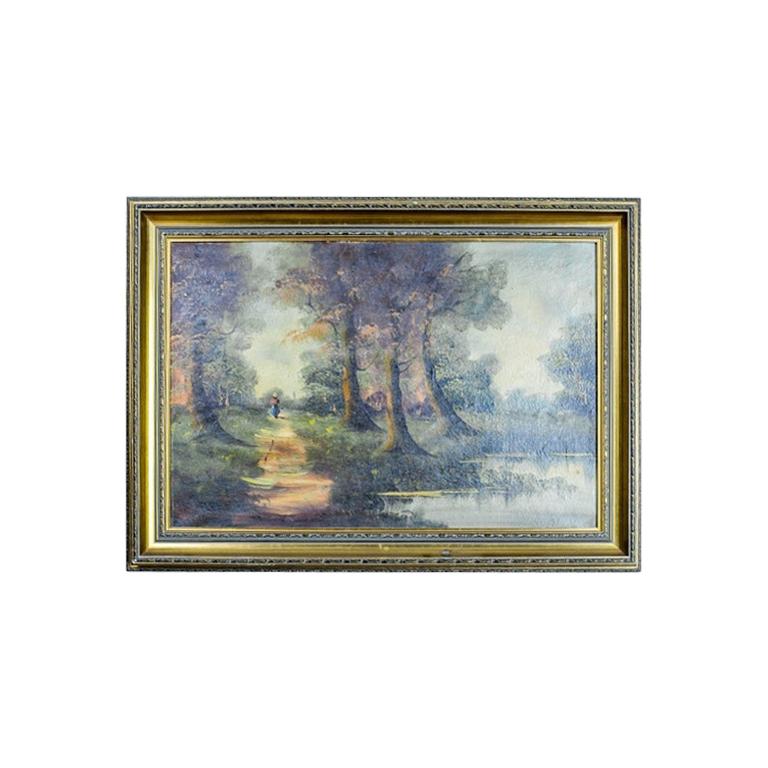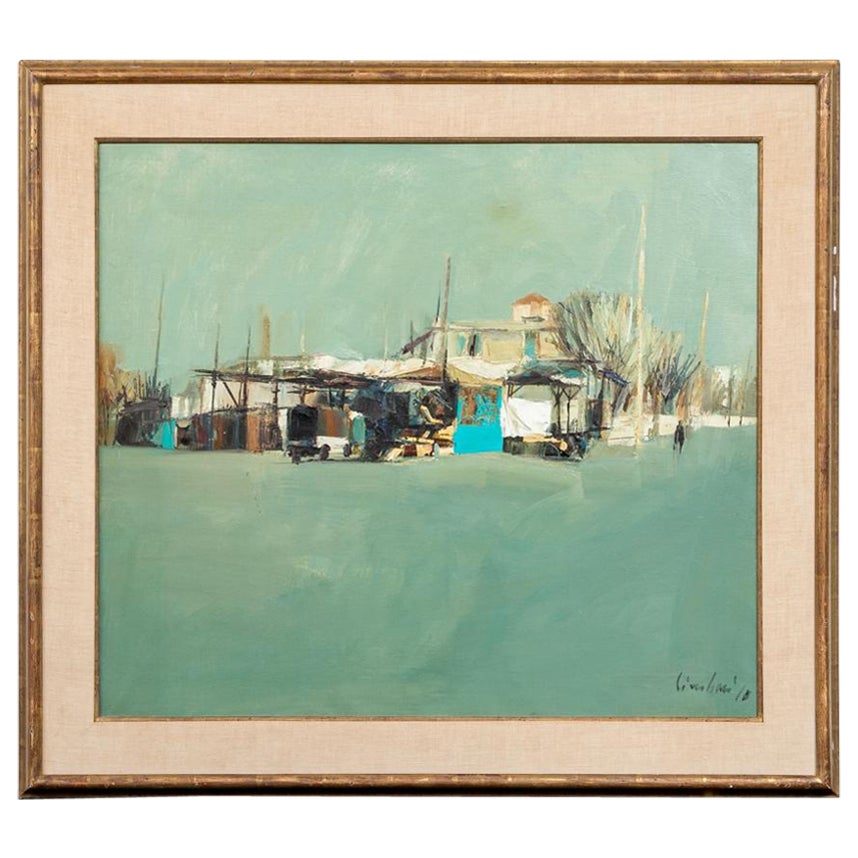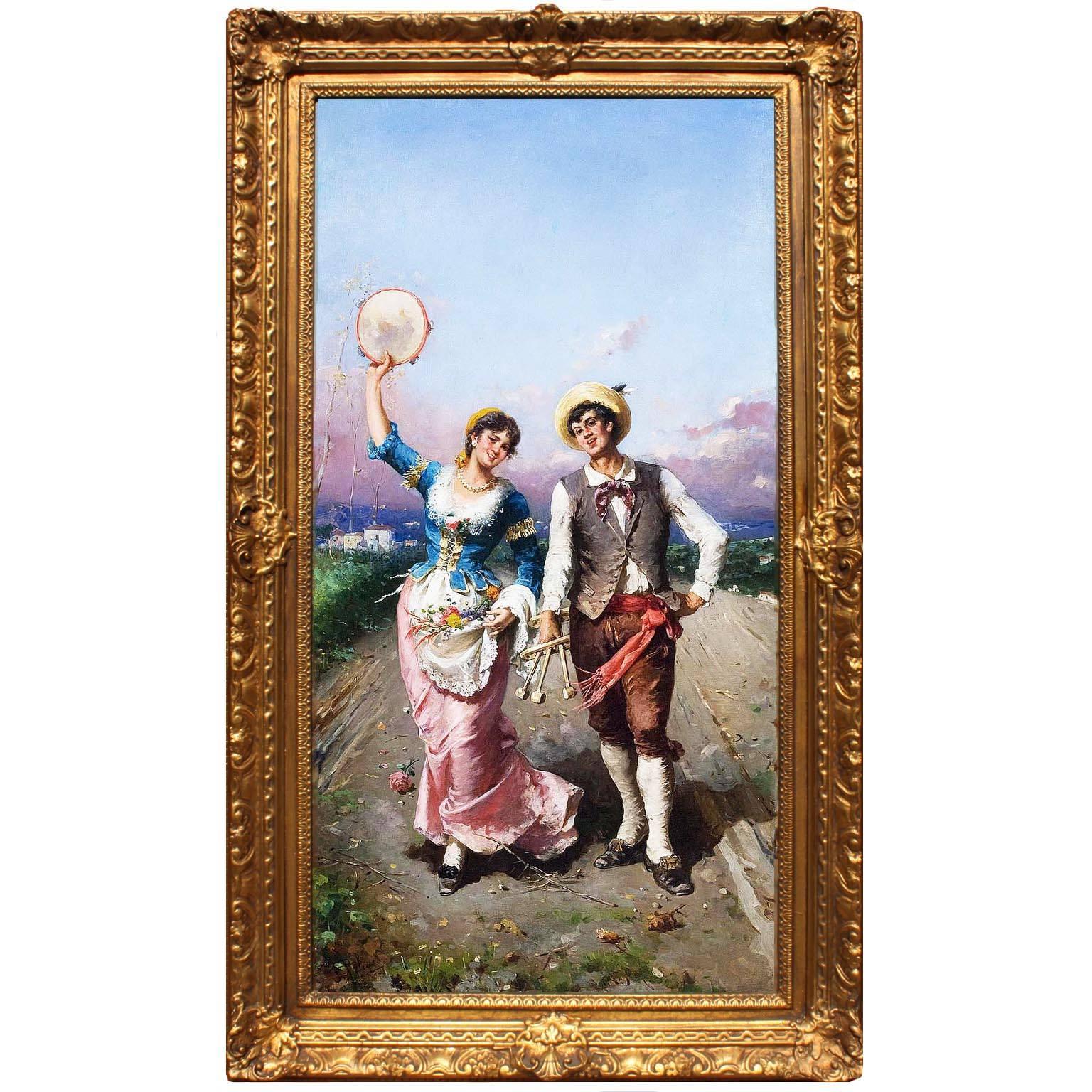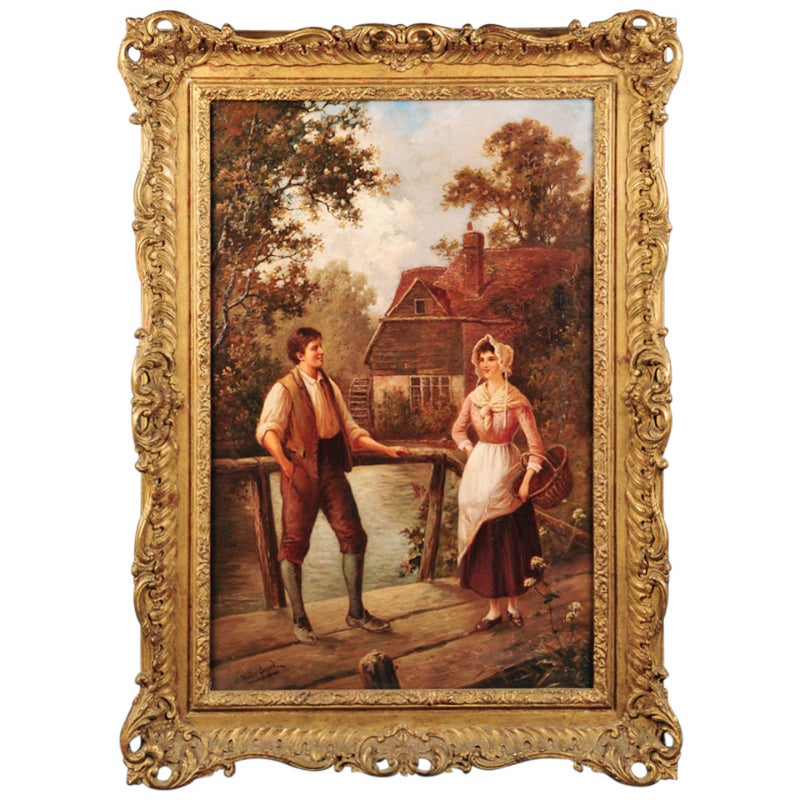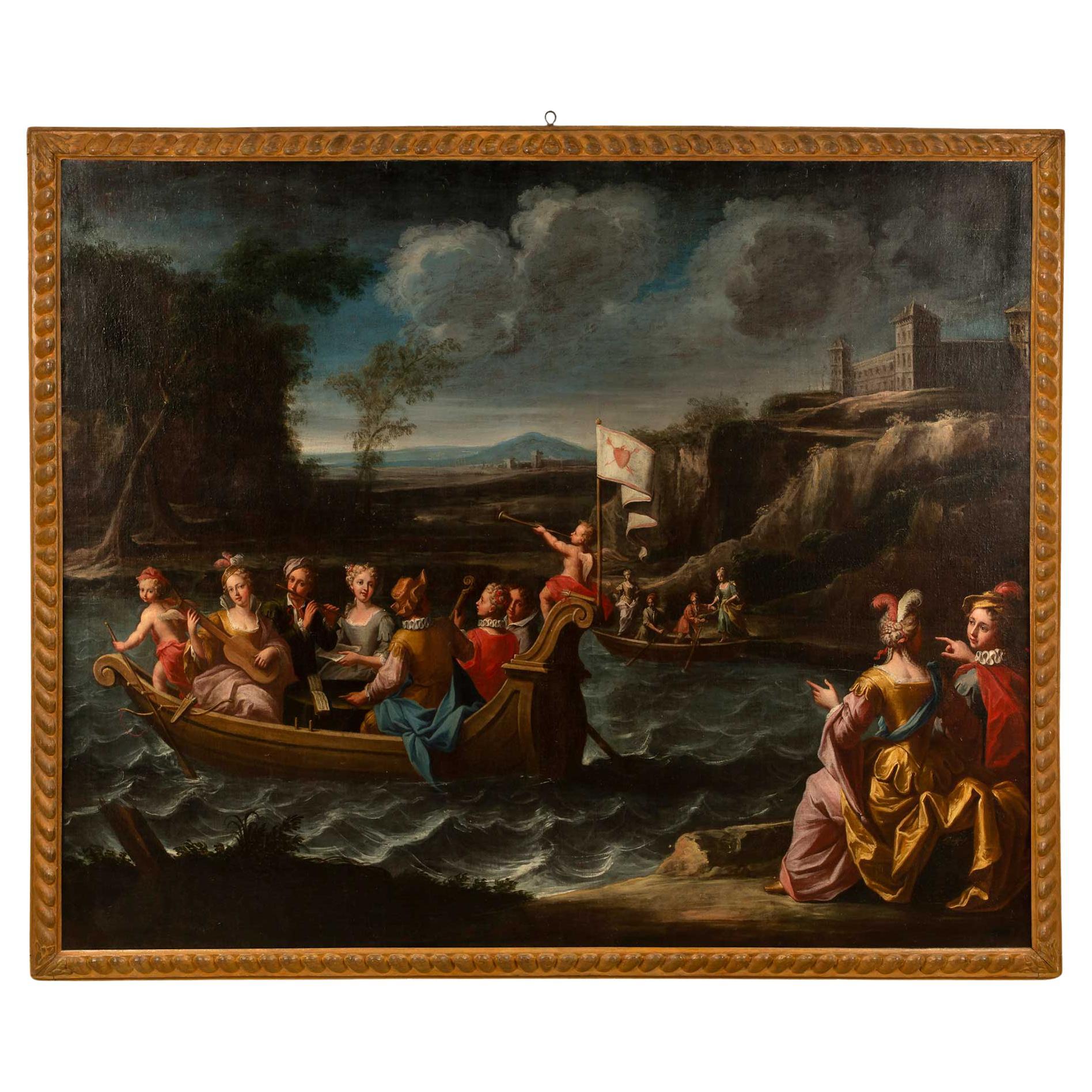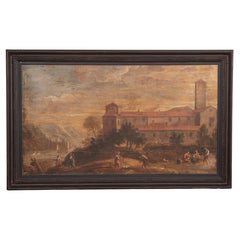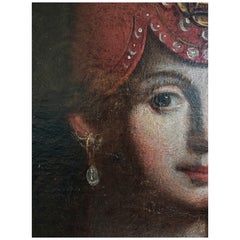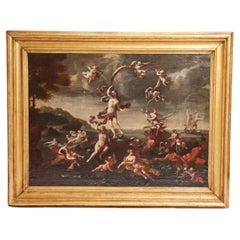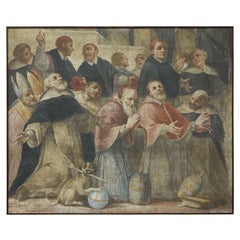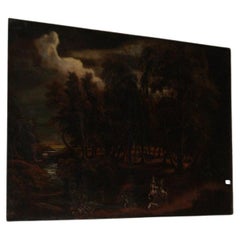
Majestic Oil on Canvas, Depicting an Italian from the 1700s
View Similar Items
1 of 5
Majestic Oil on Canvas, Depicting an Italian from the 1700s
About the Item
- Dimensions:Height: 67.72 in (172 cm)Width: 1.97 in (5 cm)Depth: 97.25 in (247 cm)
- Style:Baroque (Of the Period)
- Materials and Techniques:
- Place of Origin:
- Period:
- Date of Manufacture:1700
- Condition:Wear consistent with age and use.
- Seller Location:Barletta, IT
- Reference Number:1stDibs: LU8073233328832
Authenticity Guarantee
In the unlikely event there’s an issue with an item’s authenticity, contact us within 1 year for a full refund. DetailsMoney-Back Guarantee
If your item is not as described, is damaged in transit, or does not arrive, contact us within 7 days for a full refund. Details24-Hour Cancellation
You have a 24-hour grace period in which to reconsider your purchase, with no questions asked.Vetted Professional Sellers
Our world-class sellers must adhere to strict standards for service and quality, maintaining the integrity of our listings.Price-Match Guarantee
If you find that a seller listed the same item for a lower price elsewhere, we’ll match it.Trusted Global Delivery
Our best-in-class carrier network provides specialized shipping options worldwide, including custom delivery.You May Also Like
Large Original Oil on Canvas, Painting of Italian Village, Italian School 1700s
Located in Round Top, TX
Large original oil on canvas painting of Italian village with mountains in background, 6' long (measured at frame).
Italian school circa 1700s.
Impressive in Size and detail this w...
Category
Antique 18th Century Italian Paintings
Materials
Canvas, Wood, Paint
Italian Baroque Oil on Canvas depicting Sybilla // Italy, 17th century
Located in Beograd, RS
In this listing you will find a magnificent Baroque oil on canvas painting, a portrait depicting Sybilla. The painting has all the elements and colors typical for the Baroque era. Th...
Category
Antique 1660s Italian Baroque Paintings
Materials
Canvas, Wood
Oil on canvas by Francesco Perezzoli: the birth of Venus, Italy 1700.
By Francesco Perezzoli
Located in Milan, IT
A northern Italian early XVIII century painting of Francesco Perezzoli, depicting the birth of Venus. Oil on canvas. Original guild wood frame. Italy circa 1700.
Category
Antique Early 18th Century Italian Paintings
Materials
Canvas, Wood
Great Italian Fresco Early 1700s Dominican Fathers by Francesco Malcotto
Located in Milano, MI
Monumental early 18th-century Italian fresco depicting Dominican Friars by Francesco Malcotto, who made this painting for Milan, for the Renaissance basilica Santa Maria delle Grazie...
Category
Antique Early 18th Century Italian Baroque Paintings
Materials
Canvas
Neoclassical Grandeur: An Architectural Study from the Early 1700s
Located in Langweer, NL
The engraving depicts a classical façade of a building, designed with a series of evenly spaced windows and arches on the ground floor, and rectangular windows on the upper floor. The architectural style is neoclassical, characterized by its symmetry, balanced proportions, and the use of classical elements such as pilasters and pediments. Atop the structure sits a central pediment supported by columns, flanked by statues. This could represent a public building or a grand palatial structure. The precise lines and attention to detail suggest that it was intended for scholarly study or as a record of architectural design. The labeling at the bottom, if any, could provide information on the building's location or the architect, but it's not visible in the image.
The engraving is possible part of a series published around the early 18th century by Joan Blaeu, a renowned Dutch cartographer born in 1599 and who passed away in 1673. His works often featured detailed engravings of notable locations. This particular piece would have been published posthumously, as part of a collection that his heirs continued, which was later reissued by publishers like Pierre Mortier. The exact date of publication for this specific engraving is not provided in the information, but it would be within the timeframe of the early 1700s, given the dates of the reissues mentioned and the info behind the watermark that is visible if you hold the print to the light.
The text appears in the paper is a historical note about the Honig family, prominent in the Dutch paper manufacturing industry during the 17th and 18th centuries. Jan Jbz. Honig (1688-1757), the white paper manufacturer from Zaandijk, was the son of paper manufacturer Jacob Cz. Honig(h) (1648-1709). Jan began his independent work in 1738 and continued until 1757. He was the younger brother of Cornelis Jbz. Honig (1683-1755), and together they started the company C & J HONIG in 1709. Following a division of the family business in 1738, Jan took over the mill 'De Vergulde Bijkorf' and also acquired the mill 'De Eendracht'. He was married to Trijntje Claes Caescoper (1689-1763) and operated with his son Jacob Jsz. Honig (1712-1780) under the name J(an) HONIG & ZOON. Around 1741, this firm produced Pro Patria paper featuring the emblem of the Hollandse Tuin as a watermark. By 1764, under the direction of his son Jacob, J. HONIG & ZOON supplied paper to the Amsterdam Chamber of the Dutch East India Company, using watermarks including the Amsterdam coat of arms...
Category
Antique Early 18th Century Prints
Materials
Paper
$1,024 Sale Price
20% Off
20th Century Oil on Canvas Depicting the Forest Landscape
Located in Opole, PL
We present you an oil on canvas depicting the forest landscape.
The signature is unidentified.
The whole is closed in a wooden frame, which is decorated with molding in the color o...
Category
Early 20th Century European Paintings
Materials
Canvas, Wood
$465 Sale Price
20% Off
